
|
Saturday October 27th - Savannah National Wildlife Refuge
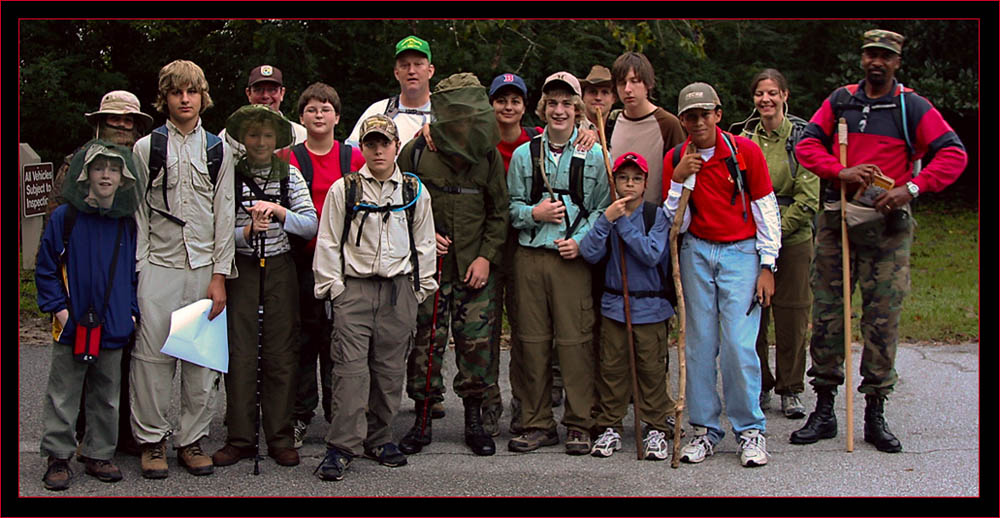
|
|
Shortly afterwards people started to arrive that definitely had the look and gear related to our group for the morning. Diana arrived and conferred with the leader for the day and
once they felt everyone was gathered, a group of perhaps a dozen, we commenced to walking the tree lines to see what we could find. As is usually the case, I’m certain the leaders
kept a running list of sightings that got posted on-line somewhere but I didn’t write anything down and in hindsight, am not even certain which local Audubon group this was. In
any event, I thank all of you for the effort.
Northern Mockingbird in the tree line. Canon EOS 5D camera on tripod, 1/200 second, ISO 400, 700mm at f/8 with flash extender.
|
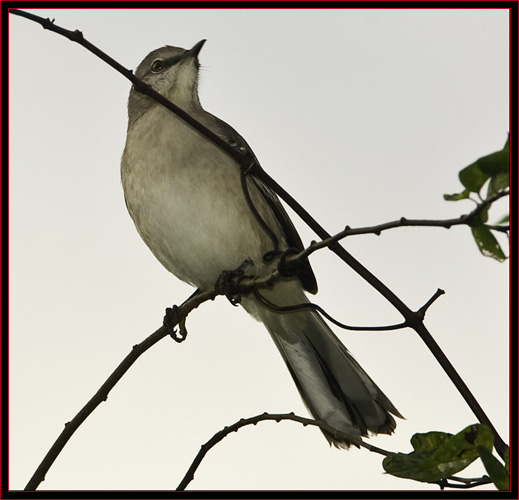
|
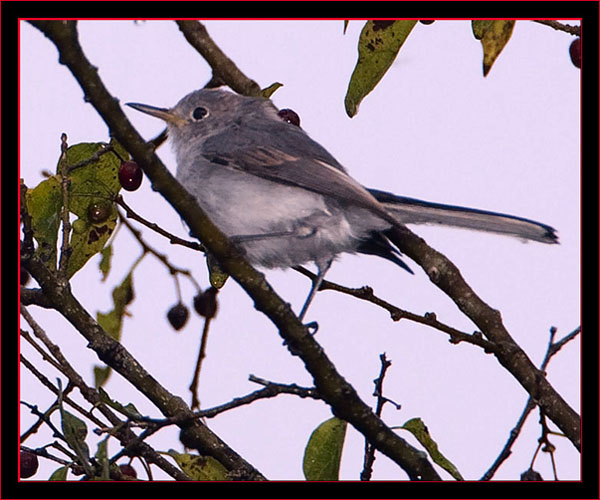
|
There wasn’t much light this early in the morning as we walked around the trees. I took a few shots with the 40D and recognized the shutter speed would be far too slow to make this effort successful.
The images posted for this morning were taken with the 5D tripod mounted using a flash extender.
A Blue-gray Gnatcatcher. These birds are common year round in Georgia & South Carolina but unlikely to be viewed where I live. Canon EOS 5D camera on tripod, 1/200 second, ISO 400, 700mm at f/8 with flash extender. |
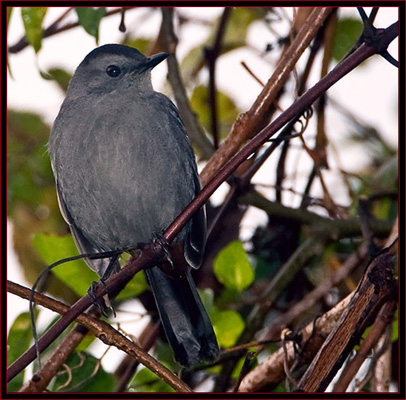
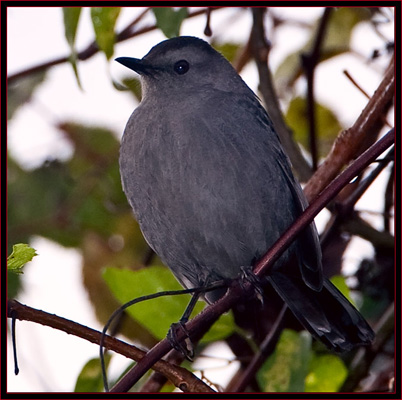
|
|
There was quite a bit of activity in the trees and we viewed several examples of this bird. Although I wasn’t certain at the time, it was identified as a female American Redstart. I obtained multiple images of this specimen and others like it. Canon EOS 5D camera on tripod, 1/50 second, ISO 400, 700mm at f/8 with flash extender.
|
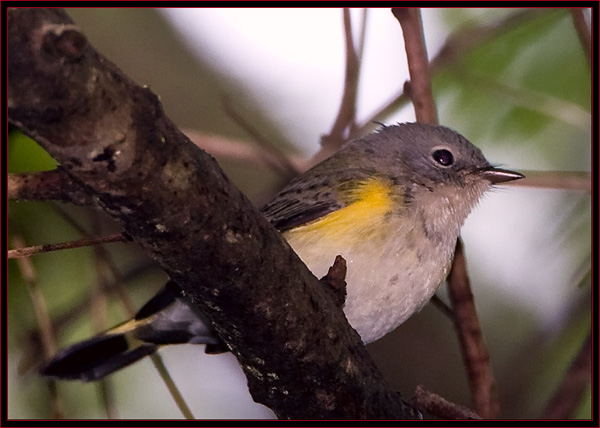
|

|
At left is another example of a Loggerhead Shrike which I’d seen several times in recently. These birds are rare in Maine and I don’t ever recall seeing one, so I was pleased to
have the opportunity to photograph these over several occasions. Seeing these birds reminded me of when I was young and living in Virginia where they were common.
Canon EOS 5D camera on tripod, 1/200 second, ISO 400, 700mm at f/8 with flash extender. |
|
One area we visited in particular appeared to be a favorite haunt for the Common Yellowthroat. These are indeed common and I’d had opportunities to photograph them before.
However, I sensed that if I were patient one of these flitting around a large pile of brush may break cover and allow a close up shot. I stayed behind while the
group moved on seeking birds and obtained several photographs that I was pleased with…
Canon EOS 5D camera on tripod, 1/60 second, ISO 400, 700mm at f/8 with flash extender.
|
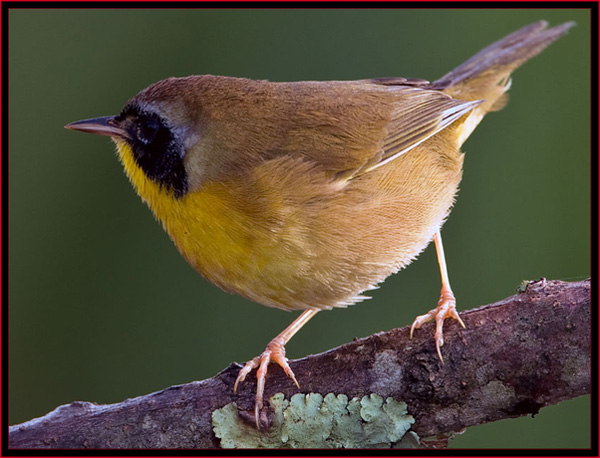
|
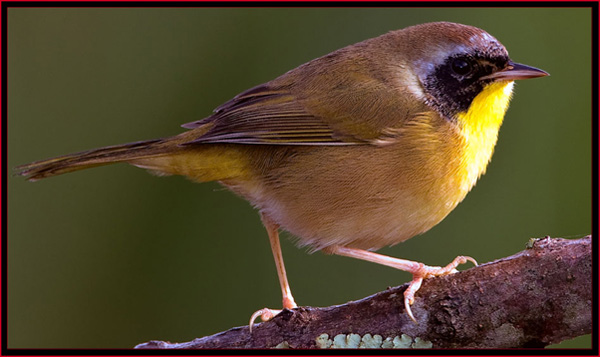
|
Because these Yellowthroat images represent several of my favorites from the day, I’m going to display another imaged around the brush pile. It would be difficult for me to select
just one to display in any event. Prints from the master file of either of these images are detailed and of excellent quality. They're also large files and could be printed at a significant size because I was so near the subject.
I doubt anyone would care to have a 16 X 20 inch print of a yellowthroat however except me perhaps...
|

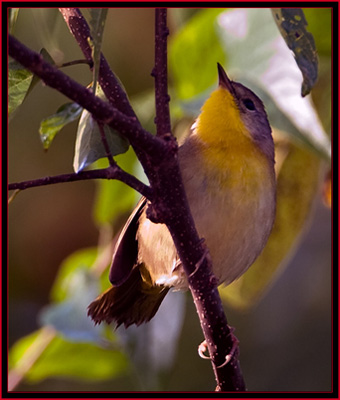
|
|
After we expended several hours walking the tree line on both sides of the road near the refuge entrance it was determined that we’d car pool and drive the wildlife loop. Even with maximizing
passengers in the vehicles it still required four or five to accommodate the group. Because I carry my tripod system in the back of my truck so I don’t have to shorten the legs or break it down,
I took a mother and daughter pair with me on this part of the tour.
Not far along the road from the start of the loop we came to one of the first lagoon areas. Right outside the growth alongside the water we viewed what appeared to be an egret sized bird across the way. The group leader was in the first vehicle and he was already out of his car and telling everyone to be quiet, not to slam the doors as they exited, etc. As I walked up I knew instantly what we were viewing, an American Bittern. I couldn’t be more pleased as these birds are around often but rarely seen in my experience. They have the art of camouflage down so well that their extended neck could easily be overlooked as just another tree branch poking up as they stand completely motionless. Canon EOS 5D camera on tripod, 1/160 second, ISO 400, 700mm at f/8 with flash extender.
|
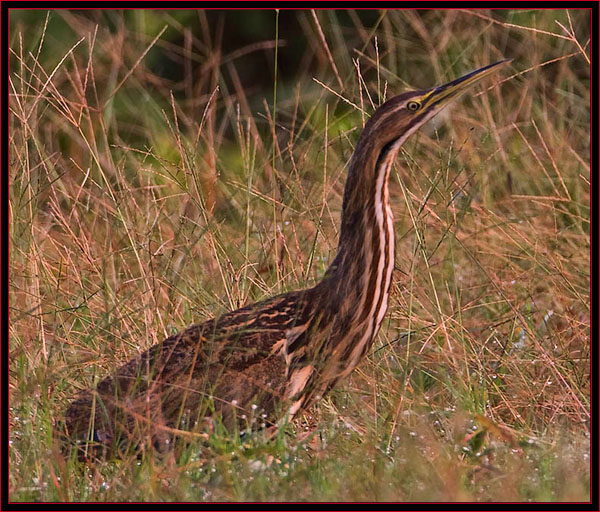
|

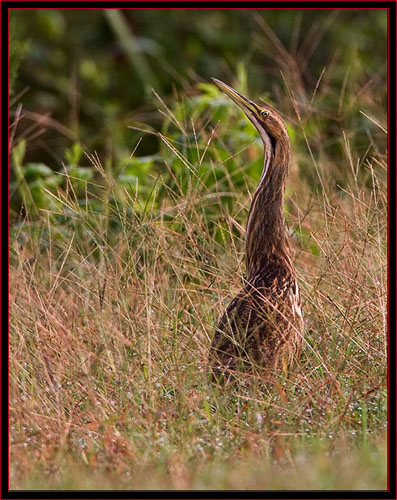
|
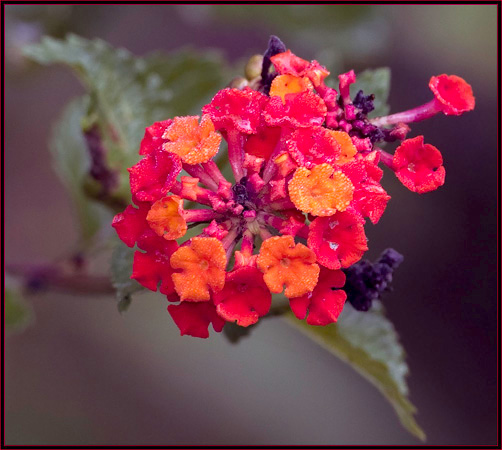
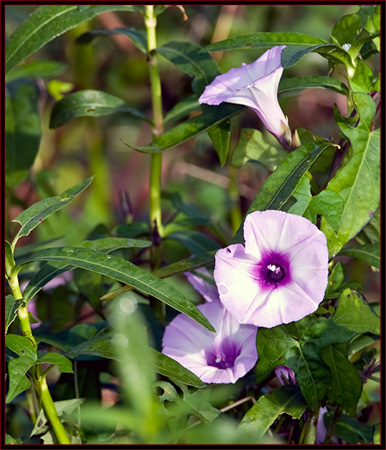
|



|

|
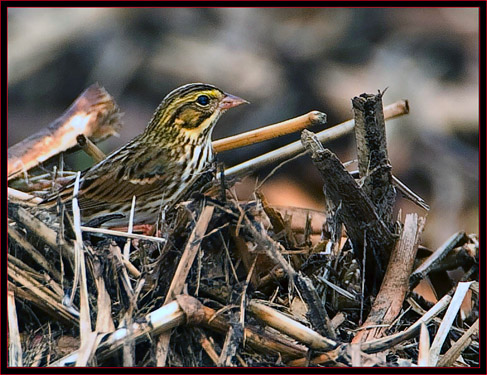

|

|
It was getting beyond noon and our morning trip ended as everyone had things to do for the balance of the day. We all said or good-bys and left the refuge.
On the way out I stopped to take this image of a Turkey Vulture as the bird soared over the refuge.
|
|
Because I have a concern for the overall length as I write and plan out this photojournal, I’m not going to add a significant amount of text to this account in a journal format. Besides nobody really cares about
the date an image was taken on unless it’s of historical importance, unlikely with most of my general photography. I keep my metadata intact including my copyright information in any event and
can easily obtain all the shooting details from an image.
As I look at the over five hundred reduced image files I enhanced from October and November I recognize I have many more than I’d choose to post. This count doesn’t even include going back to the Raw captures to glean more files from the archive. And yes, I always shoot in Raw format and wouldn’t wish to do it any differently – it allows much more latitude than jpeg capture. And no, the word ‘Raw’ doesn’t really stand for anything in particular so it doesn’t matter if it’s capitalized in whole or in part or relayed in lower case as long as the reader understands what is being conveyed with the usage. If you’re not certain about this email me. Suffice it to say, the next eleven or twelve times I got out with my cameras were in the SNWR. This facility is close to where I was staying and I always enjoy either driving the Laurel Hill Wildlife Drive through the refuge or seeking out other areas off the highway – the refuge is large and spread out. You can take as much or as little time as you wish in this pursuit and I had opportunities to spend hours or simply drove the four-mile road through the refuge when time was limited. Common Yellowthroat in motion. Canon EOS 5D camera on tripod, 1/200 second, ISO 400, 700mm at f/8 with flash extender. |
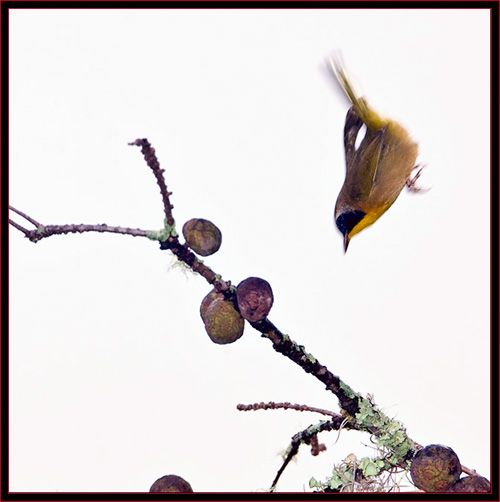
|
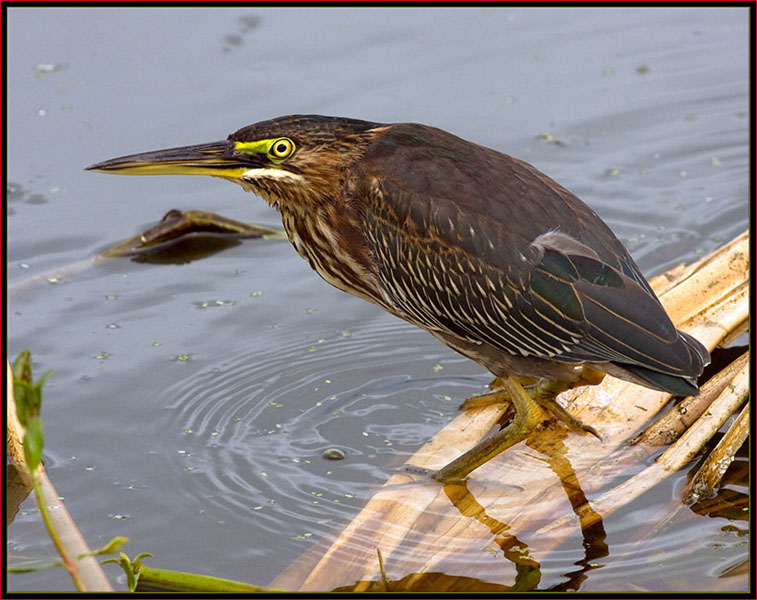
|

|
In closing the October section of this photojournal I’m posting this shot of a Red-tailed Hawk that has nothing to do with the Savannah National Wildlife Refuge. I took several photographs of this
bird at the project site in Savannah one afternoon. I happened to be looking out the back window of the building we’re working on and viewed this bird fly by briefly. I knew it had to be a raptor so
went outside and to see it had landed on a building rooftop behind us. I quickly pulled the tripod out of my truck and took some images while the opportunity presented.
Canon EOS 5D camera on tripod, 1/1600 second, ISO 400, 700mm at f/7. |
November Photographs from Savannah National Wildlife Refuge
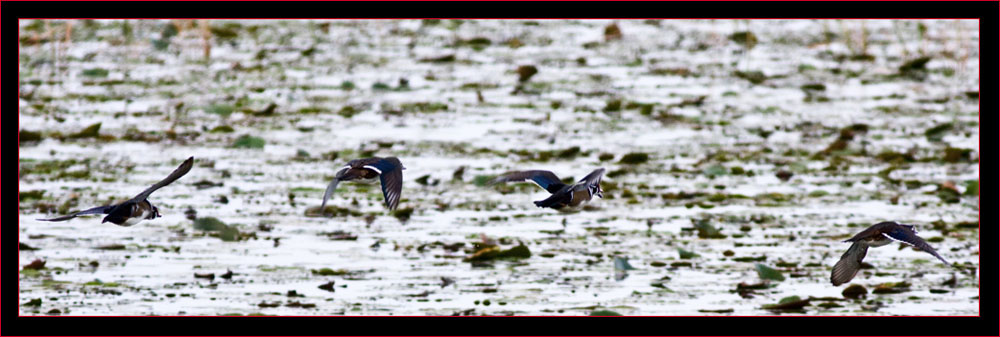
|
|
It was about five days later when I got back into the refuge on an overcast day that had experience some rain. This was a quick trip and other than seeking raptors viewed in the distance,
not particularly productive. I didn’t enhance many of the shots from this session as the weather was poor & I didn't shoot much. On several occasions when I visited to drive the wildlife
loop the entrance was gated off for burning in the refuge. I didn’t note which days, but when this occurred depending on how much time I had, I’d either seek out parts of the refuge
elsewhere or just head out of the area. I spoke with a volunteer about the burning and learned it’s an annual event where they burn sections in counterpart under the auspices of the
local fire crews who use this activity as a training tool.
I did view a sizeable group of White Ibis foraging in the mud flats. This was the largest group I’d seen in my times through the refuge. Previously I’d spotted one or two individuals and that was about it.
Canon EOS 40D handheld 1/200 second, ISO 800, 400mm at f5.6.
|
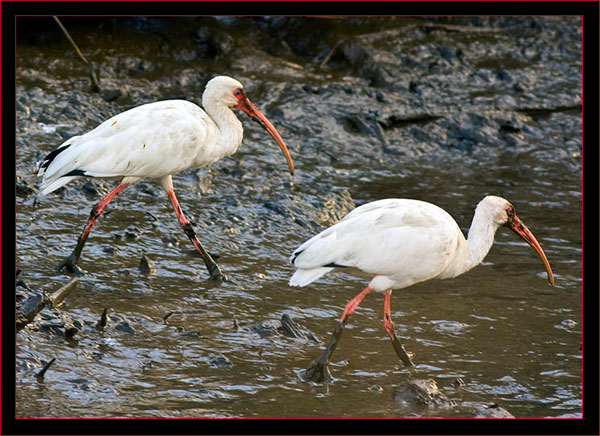
|
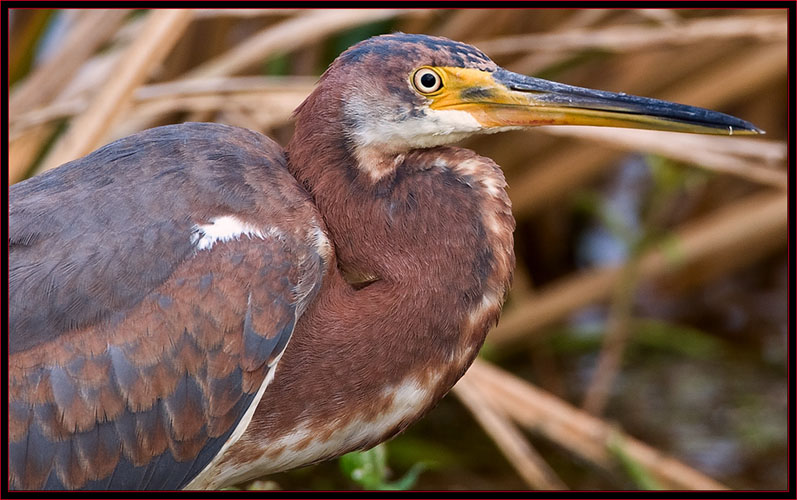
|


|

|
November 2nd found me back traveling the wildlife loop. Today was far different being quite blustery with the wind blowing hard and steady. This isn’t usually conducive for photography, but if one can
find birds on the hunt it does present imaging opportunities as they hover into the wind while seeking prey. I took advantage of this wind and shooting mostly handheld, obtained some good shots.
I’d seen this Green Heron around frequently in the refuge and today was no exception. I knew where the bird hunted and figured it would be in the area. Canon 5D handheld 1/500 second, ISO 400, 400mm at f7. |
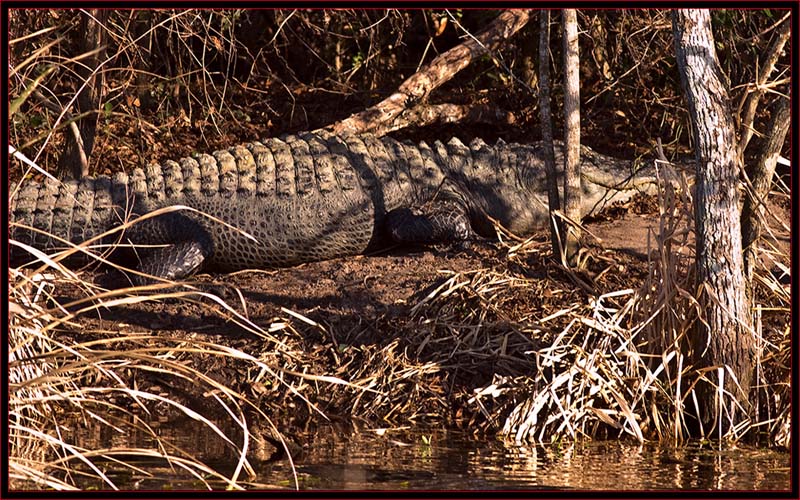
|
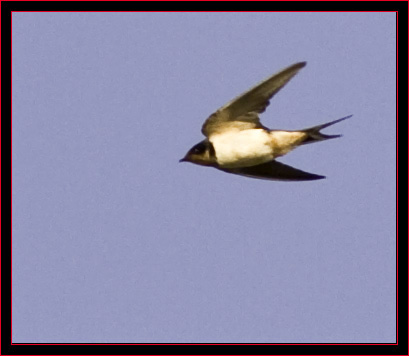
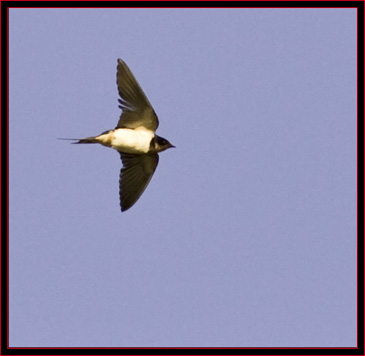
|
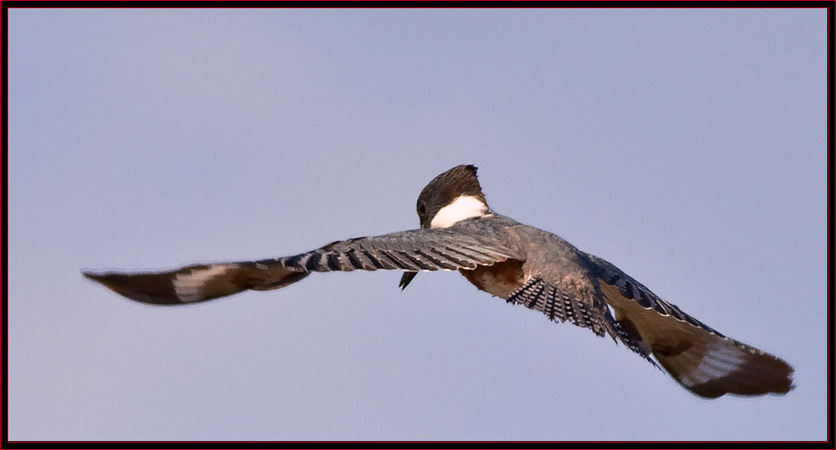
|
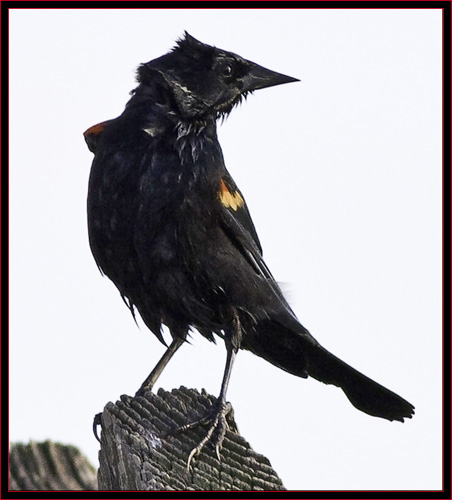
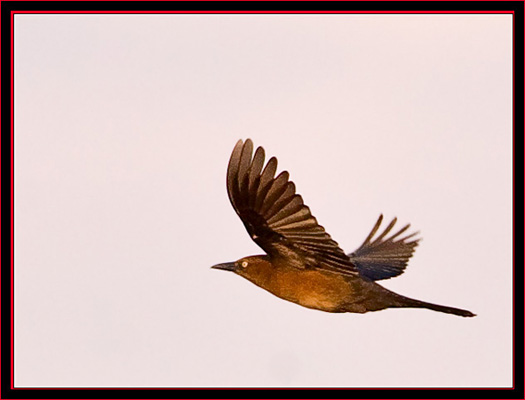
|
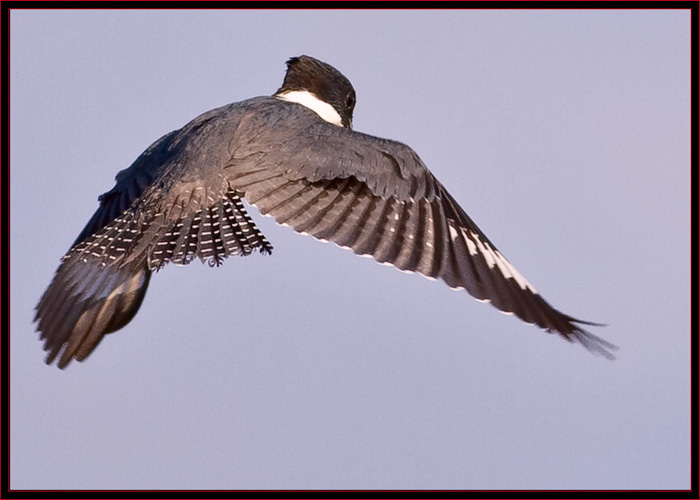
|
|
This Belted Kingfisher image represents my favorite of the group taken this day. There had been a good deal of kingfisher activity in the area and I'm always pleased to see them around.
These birds are not easy to photograph I’ve found unless you can locate a nest or something. They are quick, not that large and a bit shy.
Canon 40d handheld; 1/1250 second, ISO 400, 400mm at f/5.6.
|
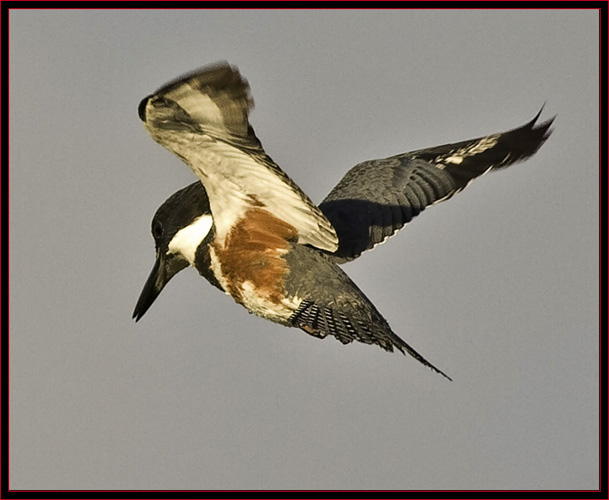
|
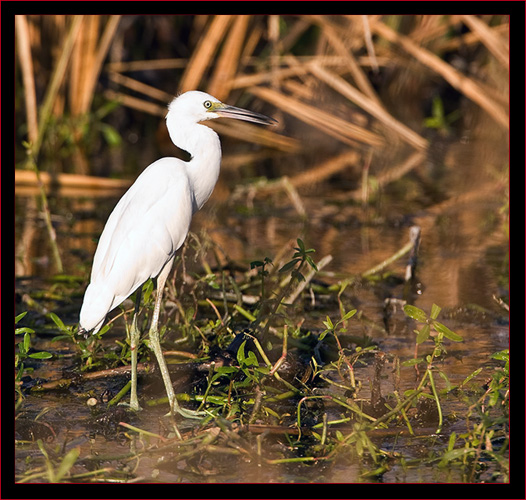
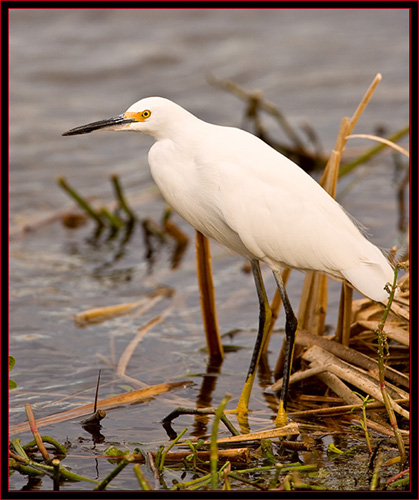
|
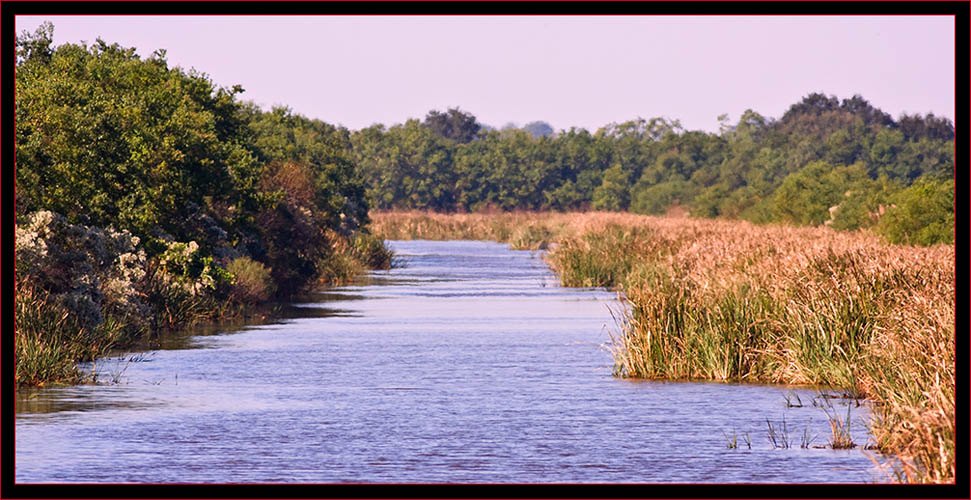
|
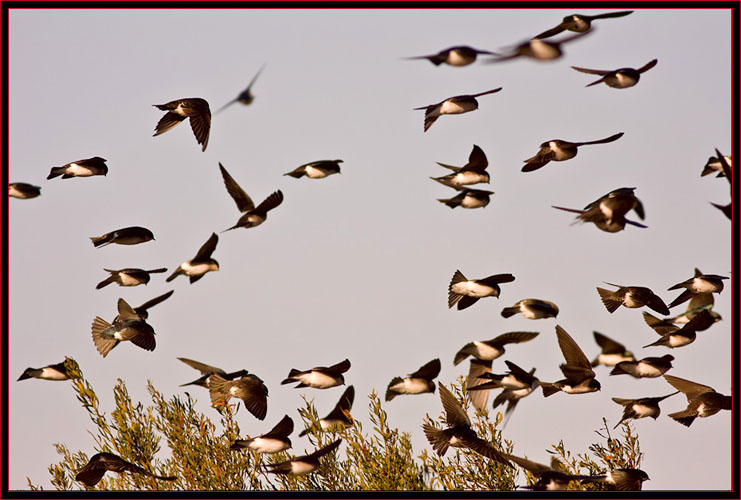
|

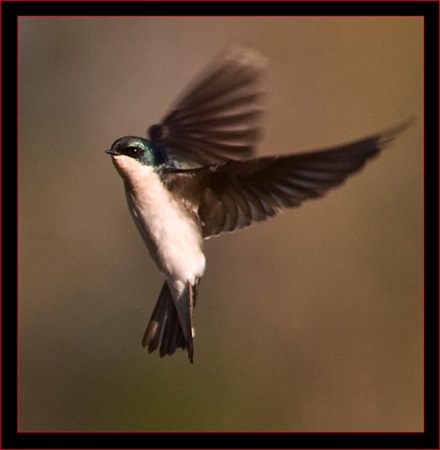
|
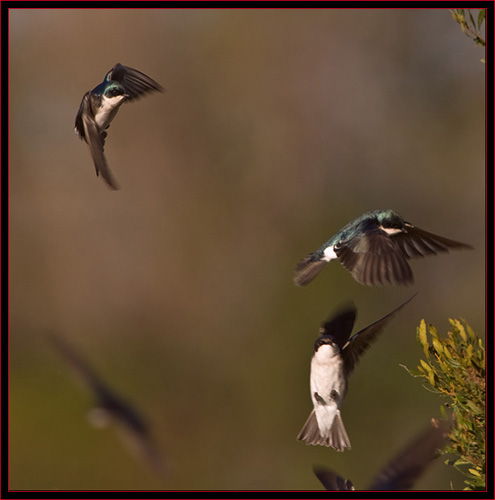
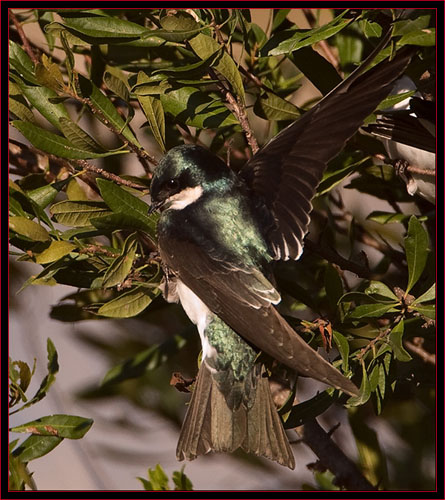
|
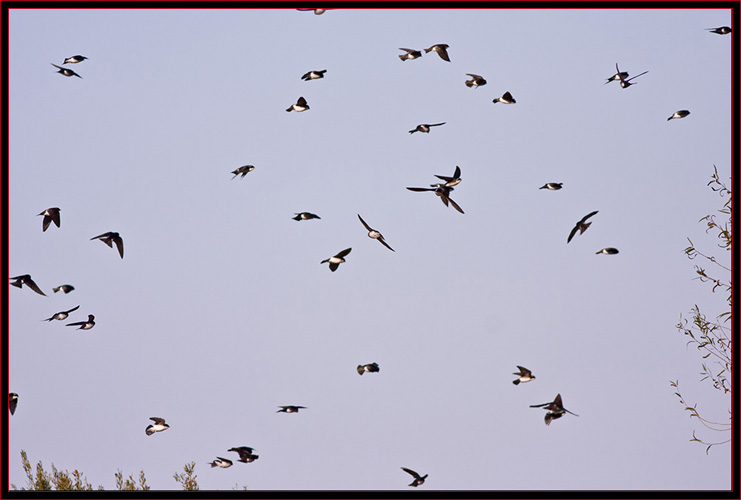
|

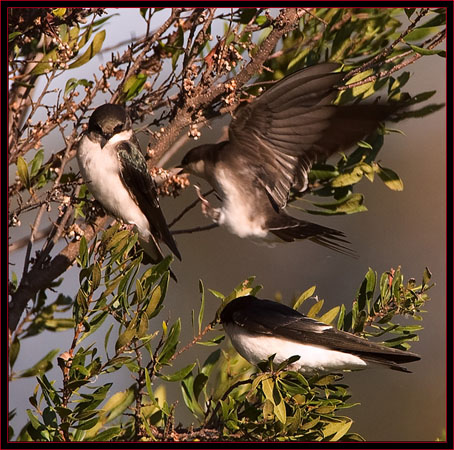
|

|
After imaging the swallows I decided to travel on to see what else I might find.
I viewed this Yellow-bellied Sapsucker and took a few shots before moving on. The day was improving and the sun was commencing to shine through the haze.
Canon EOS 5D camera on tripod, 1/200 second, ISO 400, 700mm at f/8 with flash extender. |
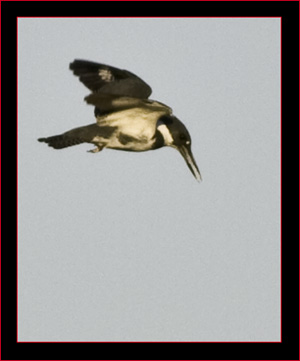
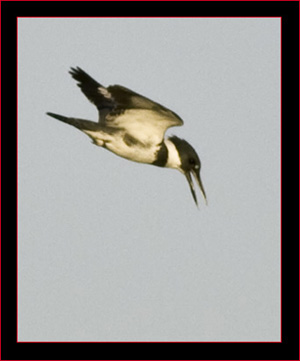
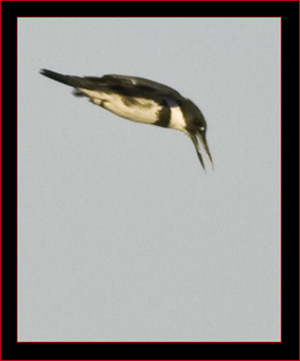
|
|
Driving the loop road often brings to view the ‘usual suspects’ and today was no exception. Many more American Coots and Pied-billed Grebes
had moved into the refuge since the last time I visited.
Common Moorhens always appeared to be fairly plentiful and I spotted them regularly.
Although common around the refuge the Double-crested Cormorant population was increasing around the waters of the wildlife drive perhaps in anticipation of the onset of winter.
|
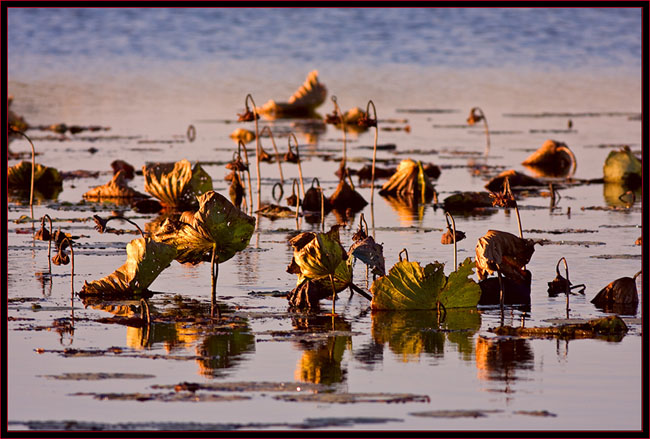
|
I hope you'll enjoy this tour...


|
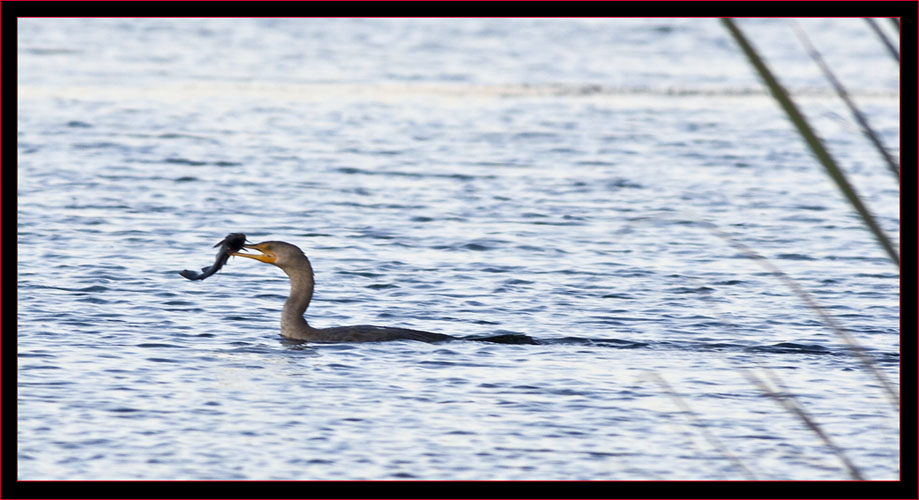
|
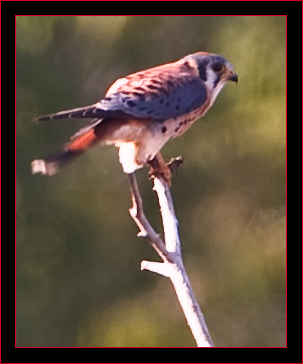


|


|
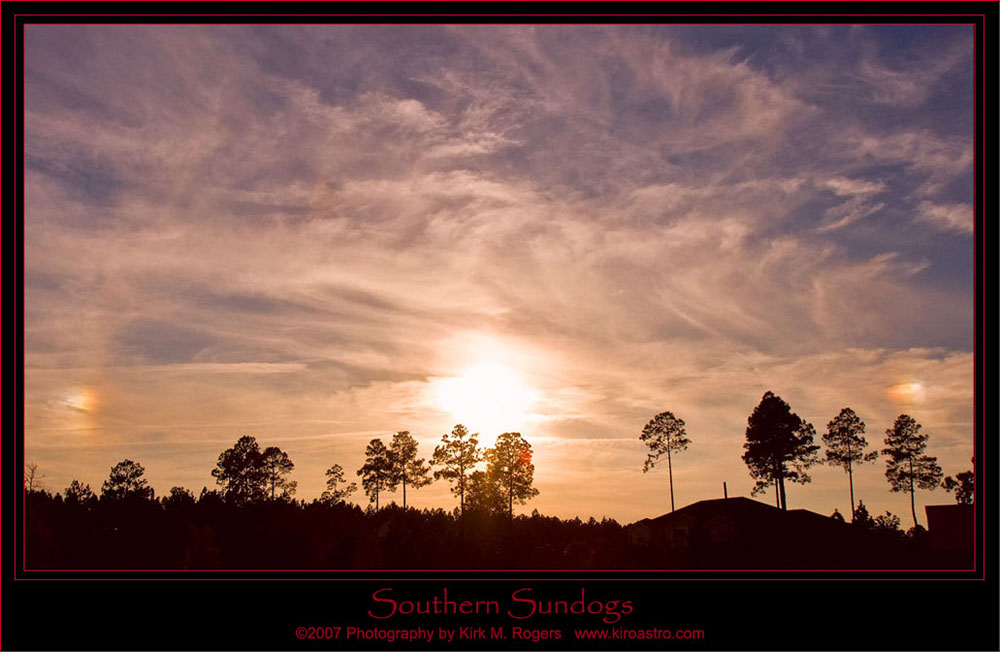
|

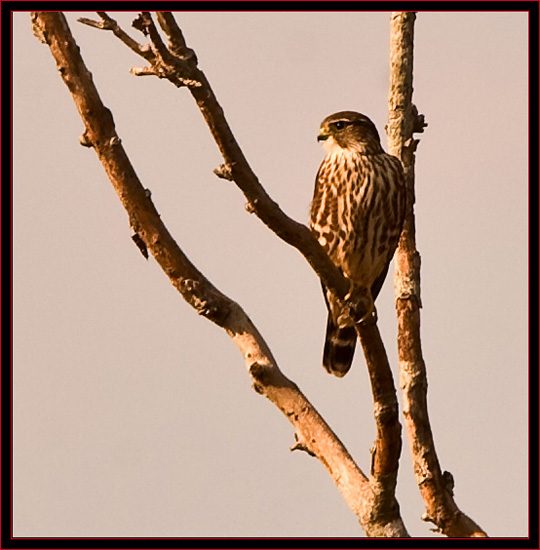
|
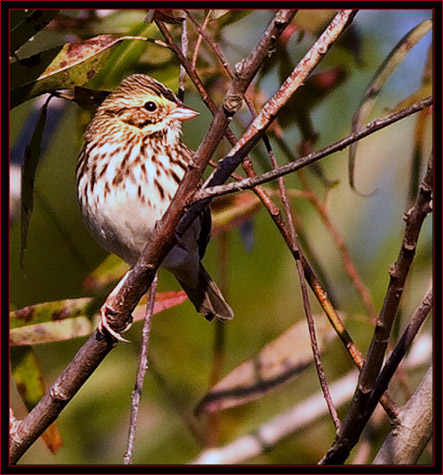
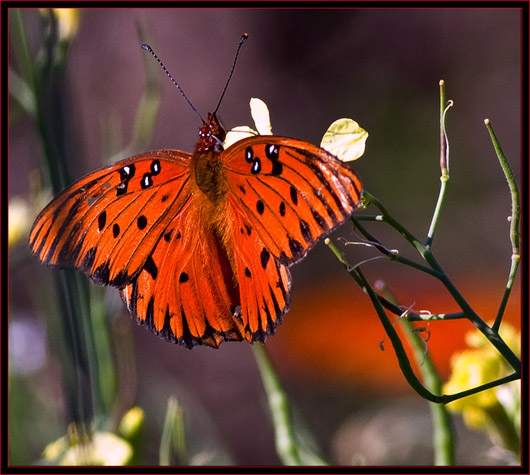
|

|


|

|

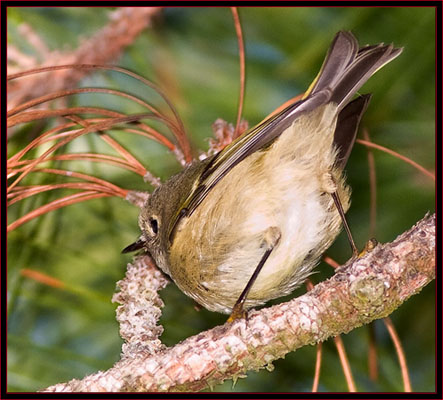
|

|


|

|


|
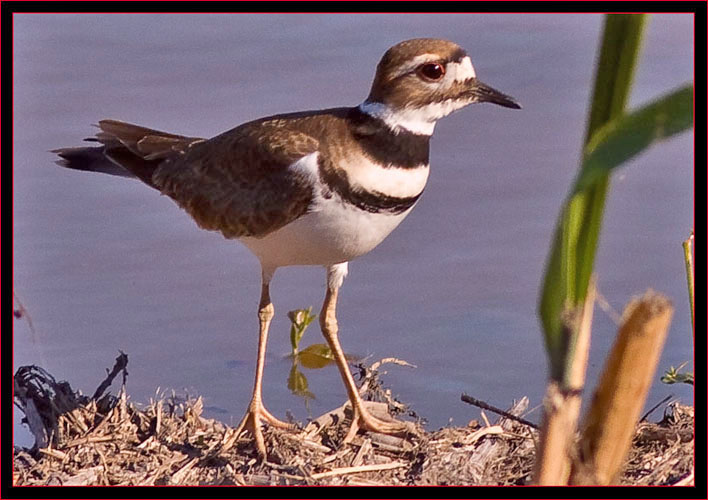
|


|

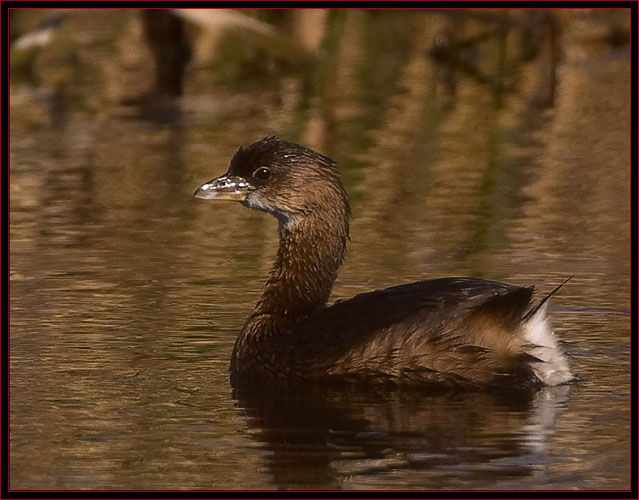
|


|

|
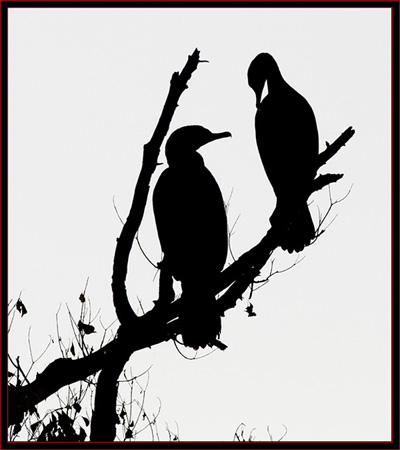

|


|
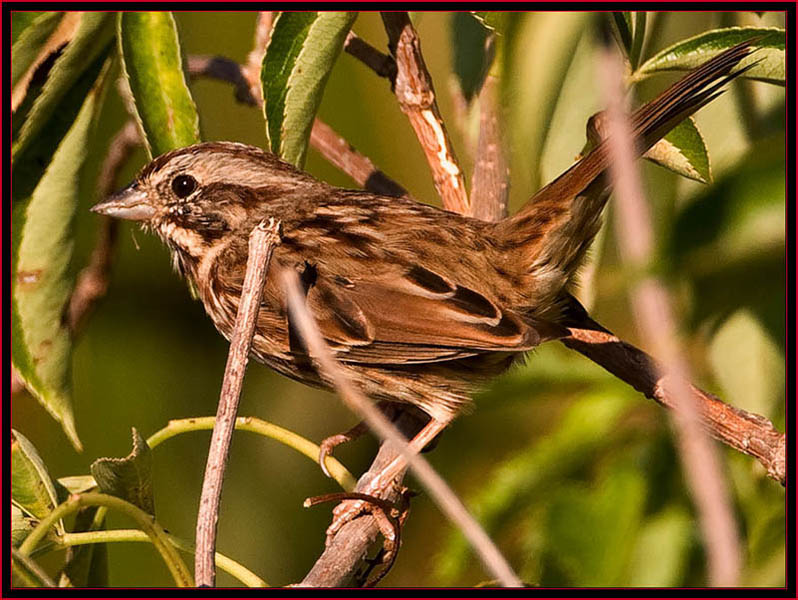
|

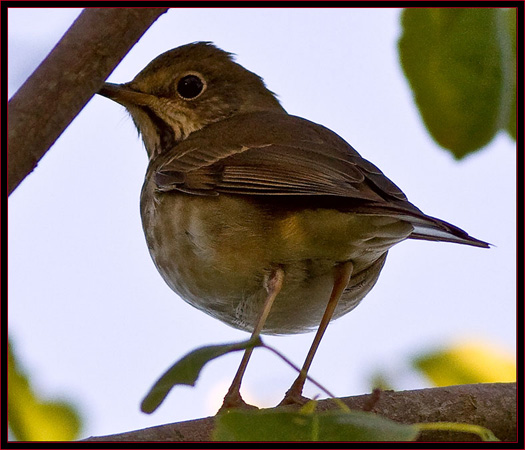
|



|

|
One morning as I was driving the loop road I caught a glimpse of this Bald Eagle doing a flyover.
This was the first eagle I’d spotted in the refuge and he
was flying quickly away from where I’d stopped the truck. There was no time to get out or for much of anything else - I aimed the 40D and 400mm lens the
best I could and managed to shoot a series of exposures as the bird traveled toward the horizon. I was hoping the eagle would turn and provide another
opportunity but this was not to be.
Canon 40D handheld, 1/800 second, ISO 400, 400mm at f/5.6. |
|
Fall is raptor season and I had many opportunities to photograph birds on the wing. This wasn’t just raptors of course, but I always seek them out when I can.
Most of these sightings were quite distant but every now and then you’d see a close fly-by. In the next group of images I’ll add to flight shots posted
elsewhere in this account. All the birds in flight photographs were taken with the canon 40D unless noted otherwise.
I liked this image at right of a Red-tailed Hawk
|

|



|
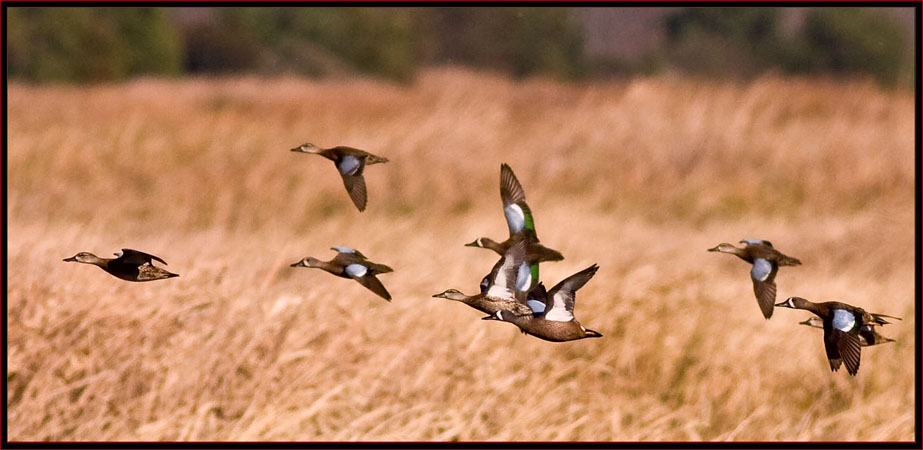
|
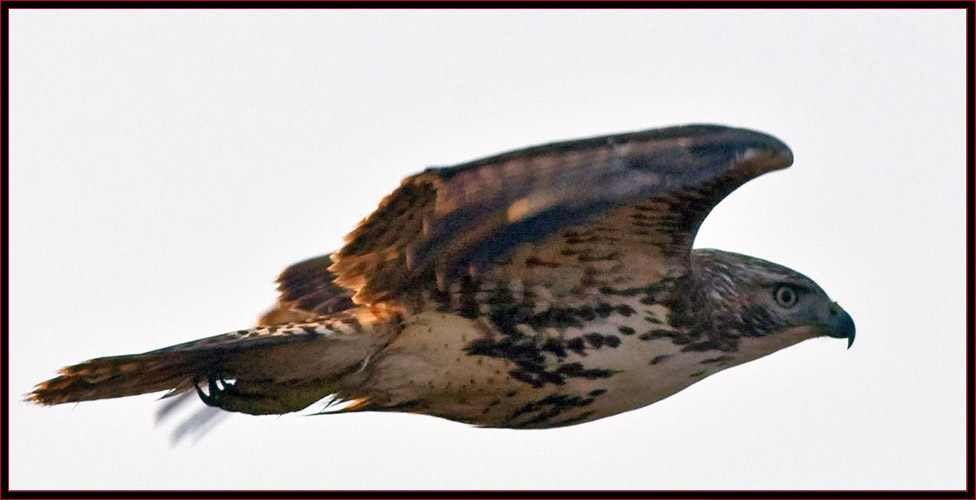
|
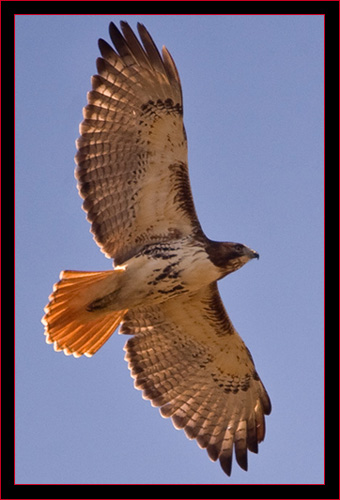


|
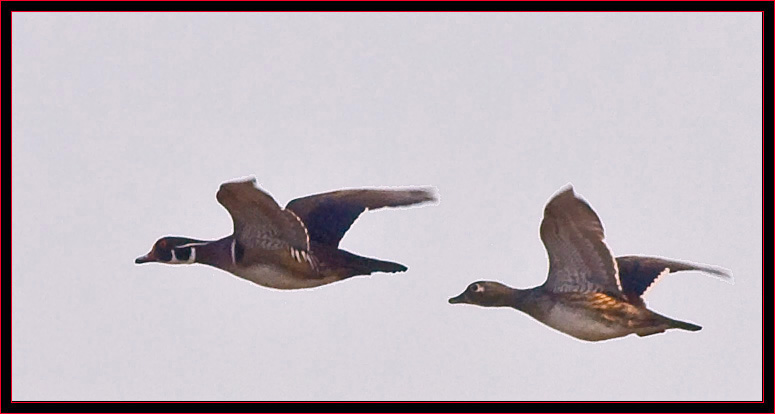
|


|

|


|

|

|


|

|


|

|

December 2007